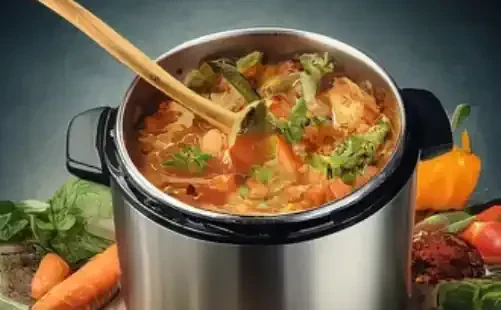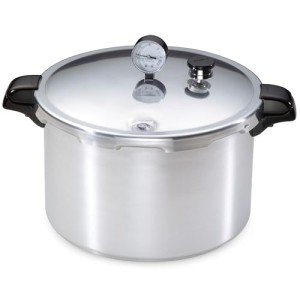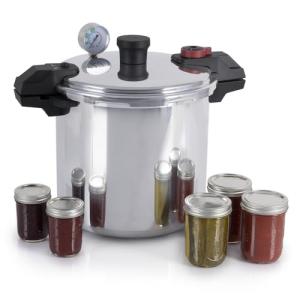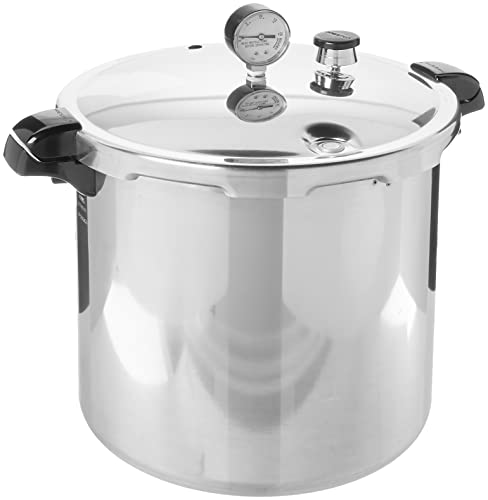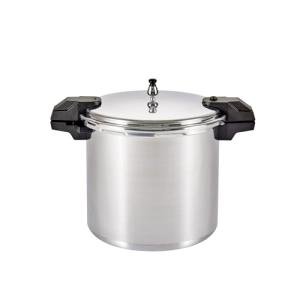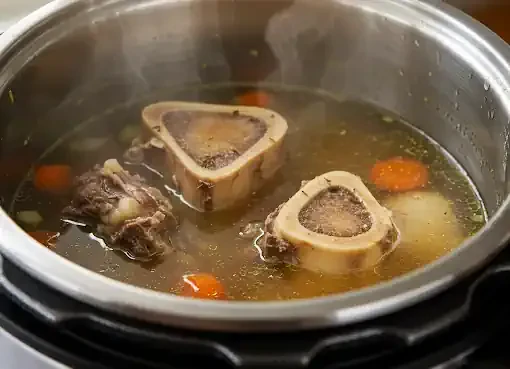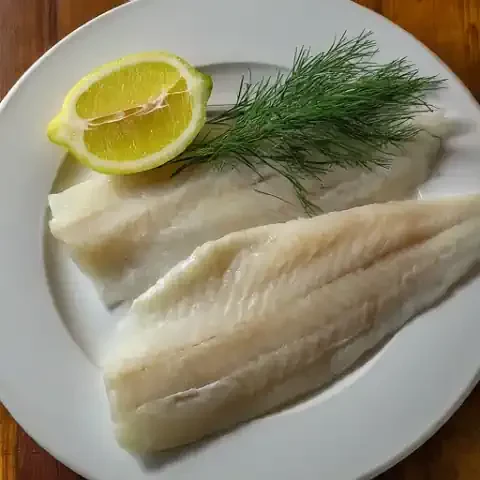When pressure cooking, science plays a significant role in determining the final outcome of your dishes. One cooking method that exemplifies the intersection of science and culinary art is pressure cooking. This remarkable technique utilizes high pressure to transform raw ingredients into delicious meals in a fraction of the time it would take using conventional methods. In this article, we'll explore the science behind pressure cooking and how it works its magic to create flavorful and tender dishes.
Pressure cooking is a method that has been used for generations but has gained renewed popularity in recent years thanks to modern, user-friendly pressure cookers. At its core, pressure cooking relies on the principle that as pressure increases, so does the boiling point of water. When you trap steam inside a sealed container, as in a pressure cooker, the pressure rises, allowing water to reach higher temperatures before it boils.
To understand the science of pressure cooking, let's break down the key components and processes involved:
Sealed Environment: A pressure cooker is designed to create a sealed cooking environment. When the cooker is sealed and heat is applied, the pressure inside the pot increases, raising the boiling point of the liquid within.
Higher Boiling Point: Under normal atmospheric pressure, water boils at 100°C (212°F). However, as the pressure inside a pressure cooker increases, so does the boiling point of the water. This means that the liquid inside can reach temperatures well above 100°C, even up to 121°C (250°F) or more.
Rapid Cooking: The elevated temperature and pressure inside the cooker dramatically speed up the cooking process. This is particularly advantageous for tough cuts of meat and legumes, which can be tenderized and cooked to perfection in a fraction of the time it would take through traditional cooking methods.
Steam is a critical component in the science of pressure cooking. As the liquid inside the pressure cooker reaches its elevated boiling point, it turns into steam. This steam is trapped inside the sealed environment, creating a high-pressure environment. The steam surrounds and permeates the food, transferring heat and moisture much more efficiently than dry heat alone.
The penetration of steam into the food is what makes pressure cooking so effective at tenderizing tough ingredients. The steam's high temperature and pressure break down connective tissues and fibers, rendering meats and other ingredients incredibly tender. This process also allows flavors to infuse deeply into the food, resulting in dishes that are rich and flavorful.
One of the most appealing aspects of pressure cooking is its ability to significantly reduce cooking time. This time-saving feature is due to the combination of higher temperatures and pressure, which work together to accelerate the cooking process. For example, a dish that might take hours to cook using traditional methods can be ready in a matter of minutes with a pressure cooker.
Pressure cooking is a game-changer for busy individuals and families who want to enjoy home-cooked meals without spending hours in the kitchen. It allows for last-minute meal preparation and makes it possible to create dishes like stews, soups, and roasts on weeknights, not just on weekends.
Another fascinating aspect of the science of pressure cooking is its impact on nutrient retention. Because pressure cooking is a relatively short cooking process compared to traditional methods, it helps preserve the nutritional value of ingredients. The sealed environment prevents the escape of volatile nutrients, such as vitamins and minerals, which can be lost during prolonged cooking or boiling.
Additionally, the high-pressure environment in a pressure cooker allows for better preservation of the natural colors and flavors of ingredients. This means that vegetables cooked in a pressure cooker retain their vibrant hues and subtle flavors, contributing to a visually appealing and delicious end result.
The science of pressure cooking is a testament to the power of culinary innovation. By harnessing the principles of physics and thermodynamics, pressure cookers transform raw ingredients into tender, flavorful, and nutrient-rich meals in a fraction of the time it takes using traditional cooking methods. Understanding the science behind pressure cooking can help you make the most of this versatile and time-saving cooking technique, enabling you to create delicious dishes with ease and efficiency. So, the next time you use your pressure cooker, appreciate the scientific marvel happening inside as it turns ordinary ingredients into extraordinary meals.
